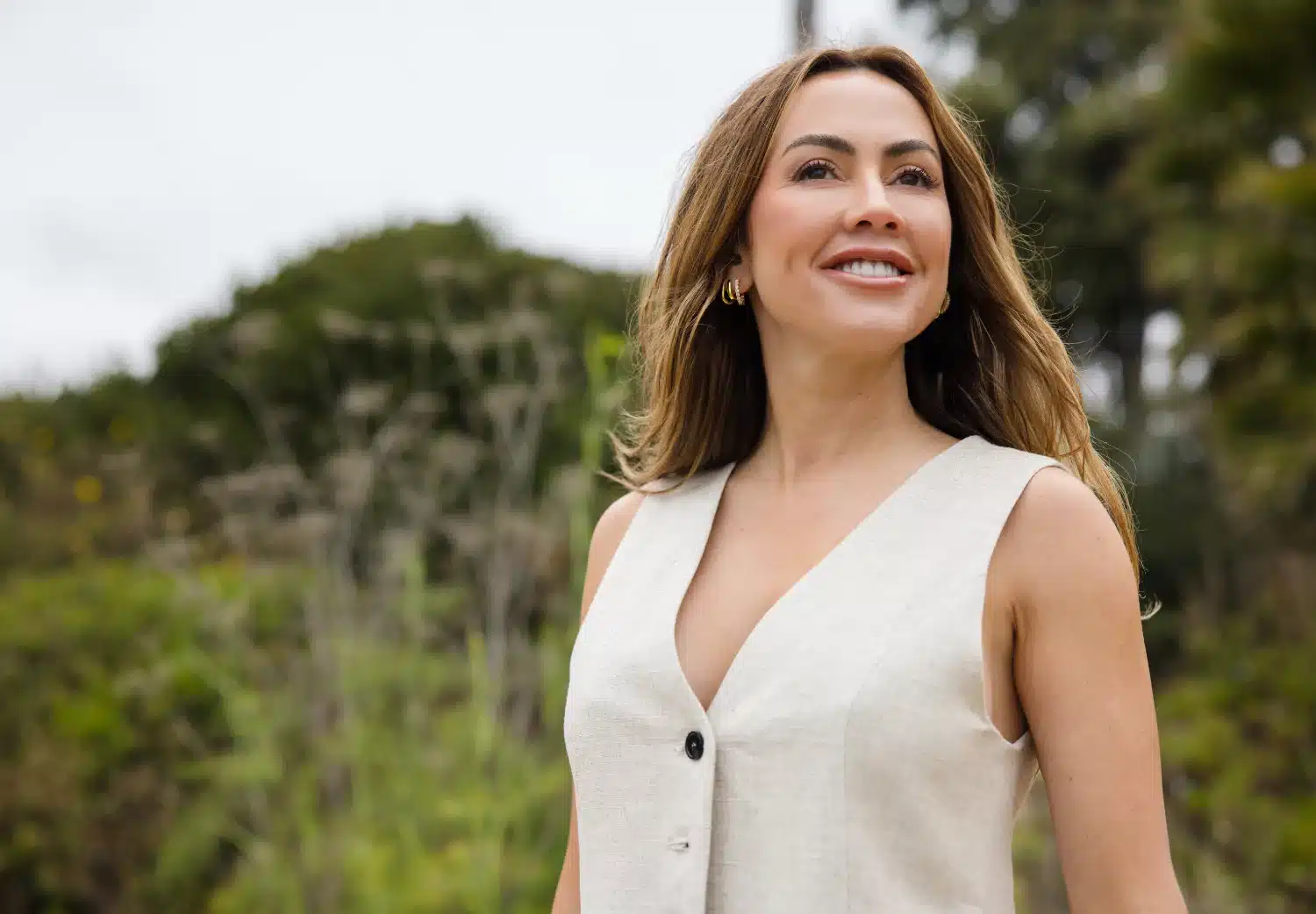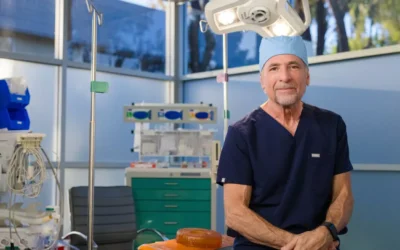It is inevitable… the day you look in the mirror and see your mother or maybe your mother’s mother staring back at you! Aging happens to everyone. Whether it happens to you in your 40s, 50s, 60s or beyond is irrelevant. When the day comes that you do not recognize that tired face in the mirror as your own, you’re going to want to know what to do about it.
At Aesthetics MD in Newport Beach, we offer surgical and non-surgical treatments for both men and women to address the 3 stages of the Aging Face:
Tone and Texture – pores, pigment and polish
Lines and Hollows – wrinkles and volume loss
Sags and Bags – tissue laxity
As we age, our facial skeletal structure changes. There are surface and sub-surface structural changes in multiple facial tissue layers including skin, fat, muscle and bone. As collagen breaks down, skin gets drier, less elastic, thinner, and duller. Changes in one tissue layer have an effect on the other layers.
The Geometry of Aging Facial proportions change as we age. A youthful face presents with a 1/3:2/3 ratio of upper lip to nose and lower lip to chin. With age, this ratio approaches 1:1. Injectables and surgery can correct and restore the facial proportions to a more youthful state, which we will discuss in the next blog.
In the same way our body loses bone density, so does our face. Actually, there are two dynamics that happen in the aging face — bone expansion and bone resorption. For example, we lose bone density in the maxilla and mandible (upper and lower jawbone respectively). This causes an appreciable reduction in facial height and a moderate increase in facial width and depth.
The overall effect is to cause the lower face to widen and the jowls to form. Those pesky little perioral (mouth) lines pop up and begin to ruin our youthful pouts. This is a result of the mandible (lower jaw) losing bone. Conversely, the orbits (eye sockets) expand, making the eyes more deep set and sunken looking. No wonder we start to look tired even after a restful night’s sleep! In fact, eyes are usually where we first notice our faces aging.
The mid-face is typically the next part of our face to show signs of aging. Remember those chubby little cheeks we used to hate as kids? We miss them as adults because they atrophy and fall down our face and land as nasolabial folds. The forehead also loses fat while the skin around mouth gets fleshier. Everyone ages at a different rate, but these tell-tell signs generally start to appear in our mid-forties.
The Aging Factors
Luckily most of the aging factors are within our control. Gravity and genetics are not two of these. You can stand on your head until your face turns blue, but you’re not going to stop gravity’s aging effects. Genetics plays a role in aging but doesn’t tell the entire story. In fact, research keeps pointing to evidence that genetics is only responsible for less than 30% of aging. The more significant aging factors, such as environment and lifestyle, are luckily within your control. The key is to know which of the aging factors require your immediate attention.
- Environmental Damage – If you want to point the finger of blame for early aging, point it at the sun. The simplest way to protect your skin from aging is by being sun S.M.A.R.T.
S –seek shade with protective clothing
M – modify sun time to limit exposure from 10am to 4 pm
A – apply sunscreen 15 minutes before exposure
R – reapply sunscreen every hour when exposed
T – tan with a can and not the sun
If you want to make your smart phone even smarter, download Sunblock, a free app that shows you the daily UV Index, and when and how often to apply sunscreen. Not a perfect science, but it can be helpful during the summer sun months. You can also read this blog for more sunscreen tips and recommendations.
- Hormones – To some extent, the hormonal changes a woman goes through are out of her control. Then again, all those hormones dance together like the Rockettes. When one skips a beat, it affects the others. Estrogen, the hormone most responsible for a woman’s soft and supple skin, is affected by other hormonal imbalances, for example an overproduction of cortisol (the stress hormone). Stress as well as improper nutrition can cause imbalances in estrogen supplies, which in turn contribute to aging the face.
- Lifestyle – Nothing ages you faster than stress, poor nutrition, lack of sleep, alcohol, lack of physical movement, and an overall dissatisfaction with life. The inside, including our inner-self, affects the outside. It is the mind/body/spirit connection that should not be ignored or denied. The hardest part of adjusting your lifestyle is first discovering where it is out of balance.
Start with a few simple adjustments:
- Get 7-8 hours of sleep every night.
- Add more fruits and veggies to your diet—even if you have to pile them on your pizza! As a rule for grocery store shopping, shop the outside aisles where all the produce and perishables are but preservatives are not.
- Wake up and remind yourself of one thing you are grateful for each day. Gratitude is more powerful than any anti-aging cream.
- Take a 20-minute walk after dinner.
Small adjustments to your lifestyle can have a huge impact on your overall aging process. Remember, age is just a number. Aging is an attitude.
In Part II of The “Youthful” Aging Face and What You Can Do About It, we will address your skin’s tone and texture, wrinkles and volume loss. We will share the #1 skin care product every woman over 45 must have to preserve her skin, plus the secret to waking up beautiful and makeup free!
Are you looking to Correct, Optimize, Renew or Exfoliate? Download our fun quiz to find out where your skin needs balancing and what product treatment is best for you!





